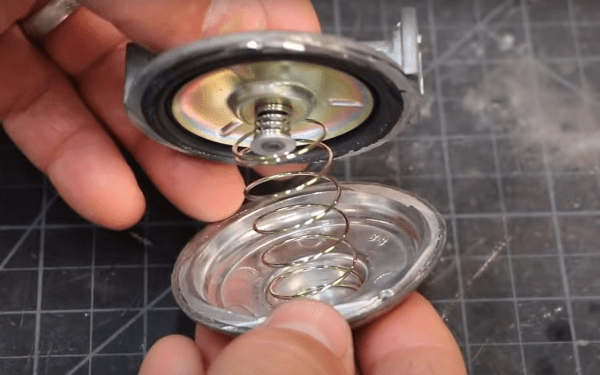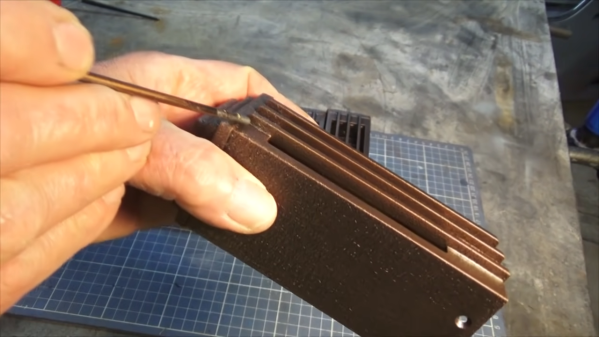A few days ago, the US Federal Trade Commission (FTC) came out with a 5-0 unanimous vote on its position on right to repair. (PDF) It’s great news, in that they basically agree with us all:
Restricting consumers and businesses from choosing how they repair products can substantially increase the total cost of repairs, generate harmful electronic waste, and unnecessarily increase wait times for repairs. In contrast, providing more choice in repairs can lead to lower costs, reduce e-waste by extending the useful lifespan of products, enable more timely repairs, and provide economic opportunities for entrepreneurs and local businesses.
The long version of the “Nixing the Fix” report goes on to list ways that the FTC found firms were impeding repair: ranging from poor initial design, through restrictive firmware and digital rights management (DRM), all the way down to “disparagement of non-OEM parts and independent repair services”.
While the FTC isn’t making any new laws here, they’re conveying a willingness to use the consumer-protection laws that are already on the books: the Magnuson-Moss Warranty Act and Section 5 of the FTC Act, which prohibits unfair competitive practices.
Only time will tell if this dog really has teeth, but it’s a good sign that it’s barking. And given that the European Union is heading in a similar direction, we’d be betting that repairability increases in the future.
Thanks [deshipu] for tipping us off on this one!


















